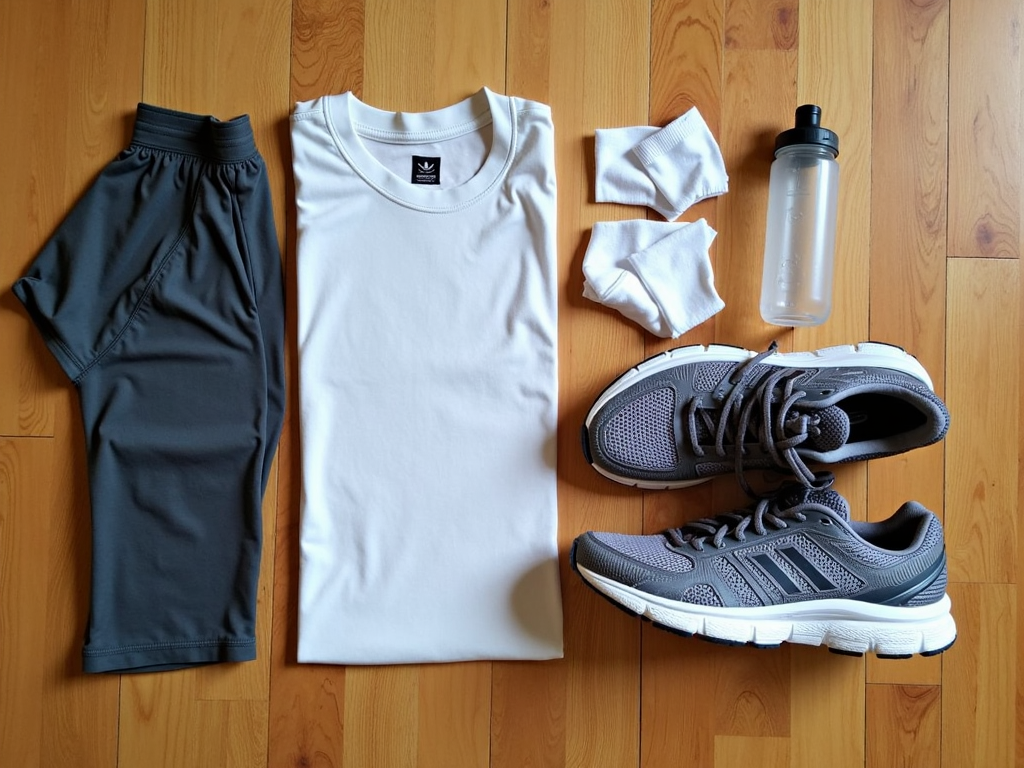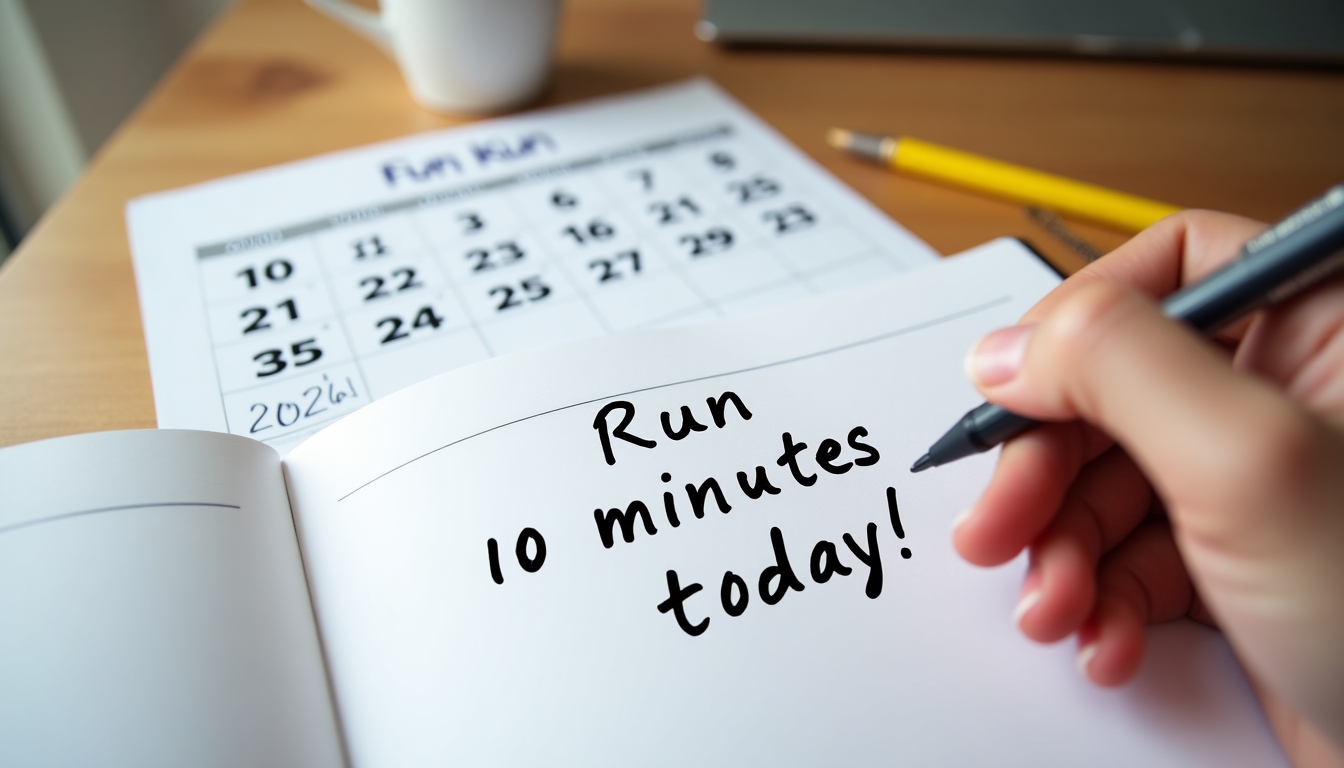Starting to run can feel exciting yet overwhelming for beginners. This guide walks you through every step, from getting ready to staying motivated. Whether you want to join a 5K race or boost your health, you’ll find clear, practical advice to begin with confidence.
Why Start Running?
Running is an easy way to get moving—no fancy equipment needed, just shoes and a path. It strengthens your heart, helps manage weight, and lifts your mood with natural feel-good chemicals. Beginners often find it builds confidence too. The American Heart Association says running regularly can lower heart disease risk. Imagine feeling stronger and happier with every step you take.

How to Prepare
Good gear makes running easier and safer. Start with running shoes that fit well—go to a running store if you can, since bad shoes can hurt your feet. Wear comfy, sweat-wicking clothes to stay dry. You don’t need pricey stuff; affordable basics work fine.
Here’s what you need: - Running shoes - Sweat-wicking socks - Shorts or leggings - Breathable shirt - Water bottle - Optional: Phone app to track runs

Setting Goals
Goals keep you going. Start small—maybe run 5 minutes without stopping or finish a mile. Build up slowly as you get stronger. Signing up for a 5K race gives you something to aim for. Virtual 5K races for summer are great too; you can run them anywhere, anytime, and still feel accomplished.

Starting Slow
Don’t rush—easing in prevents burnout. Try walking for 2 minutes, then running for 1, repeating for 20 minutes. Each week, run a bit more. Warm up with stretches like leg swings, and cool down to stay loose.
Sample plan: | Week | Run Time | Walk Time | Total | |------|----------|-----------|-------| | 1 | 1 min | 2 min | 20 min| | 2 | 2 min | 2 min | 20 min| | 3 | 3 min | 1 min | 25 min|

Building a Routine
Run at the same time daily—like mornings or after school—to make it stick. A friend or running group can keep you accountable. Track your runs in a notebook or app; seeing progress feels good. I started running evenings with a neighbor, and it turned into a habit fast.

Staying Motivated
Some days, you won’t feel like running—weather’s bad or you’re tired. Switch up your route, play upbeat music, or reward yourself with a treat after. Progress can stall, but don’t quit; every run counts. Once, I ran in drizzle and felt unstoppable afterward.

Incorporating Family
Running with family boosts family fitness and makes it fun. Look for family fun runs nearby—short races open to all ages. Or jog together at a park. My first family run with my kids was messy but joyful; we all finished laughing.

Virtual 5K Races
Virtual 5K races let you run on your terms. Sign up online, pick your spot—like your street or a trail—and log your time. Many offer medals or shirts. Virtual 5K races for summer are perfect for beginners wanting a flexible goal.

Progressing
When running feels easier, step it up. Add distance, try faster bursts, or run hills. Aim for a 10K or a quicker 5K time. Trail running mixes it up too. Listen to your body—rest if you’re sore. Growth comes steady, not overnight.

Summary
Starting to run takes prep, patience, and practice. Set goals, go slow, and build a habit—maybe with family or a virtual race. From your first jog to a 5K finish, every step moves you forward. Keep it simple and enjoy the ride.
Discuss Here